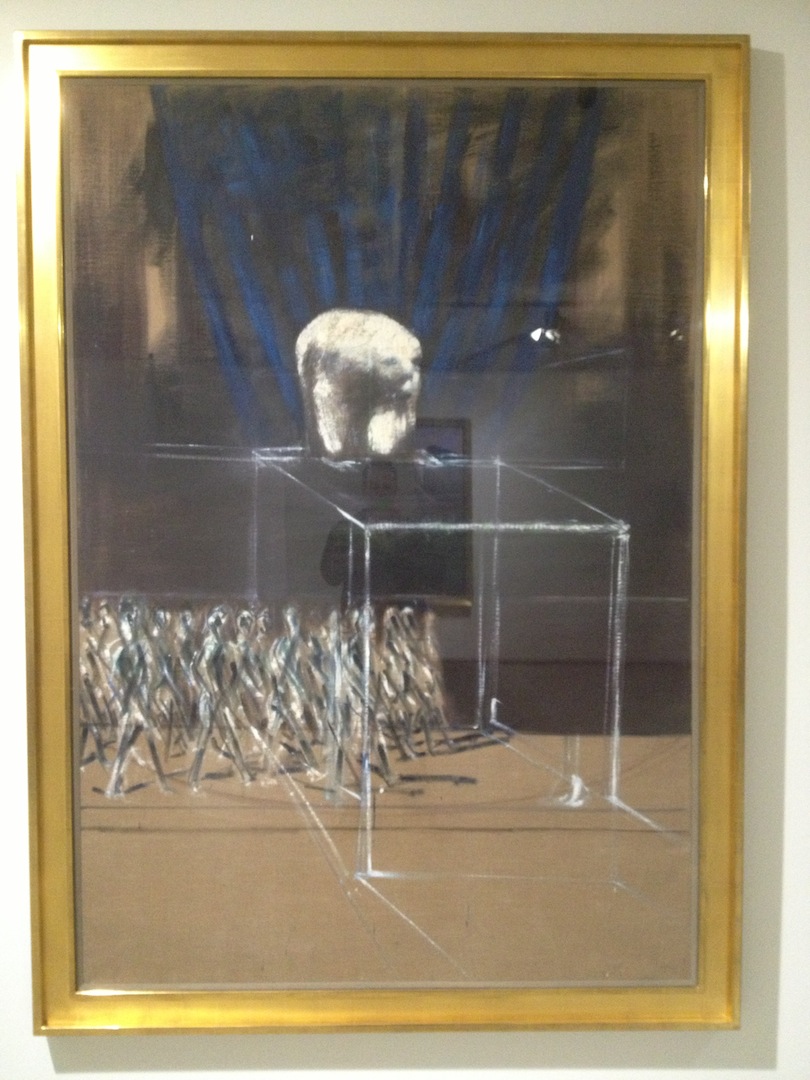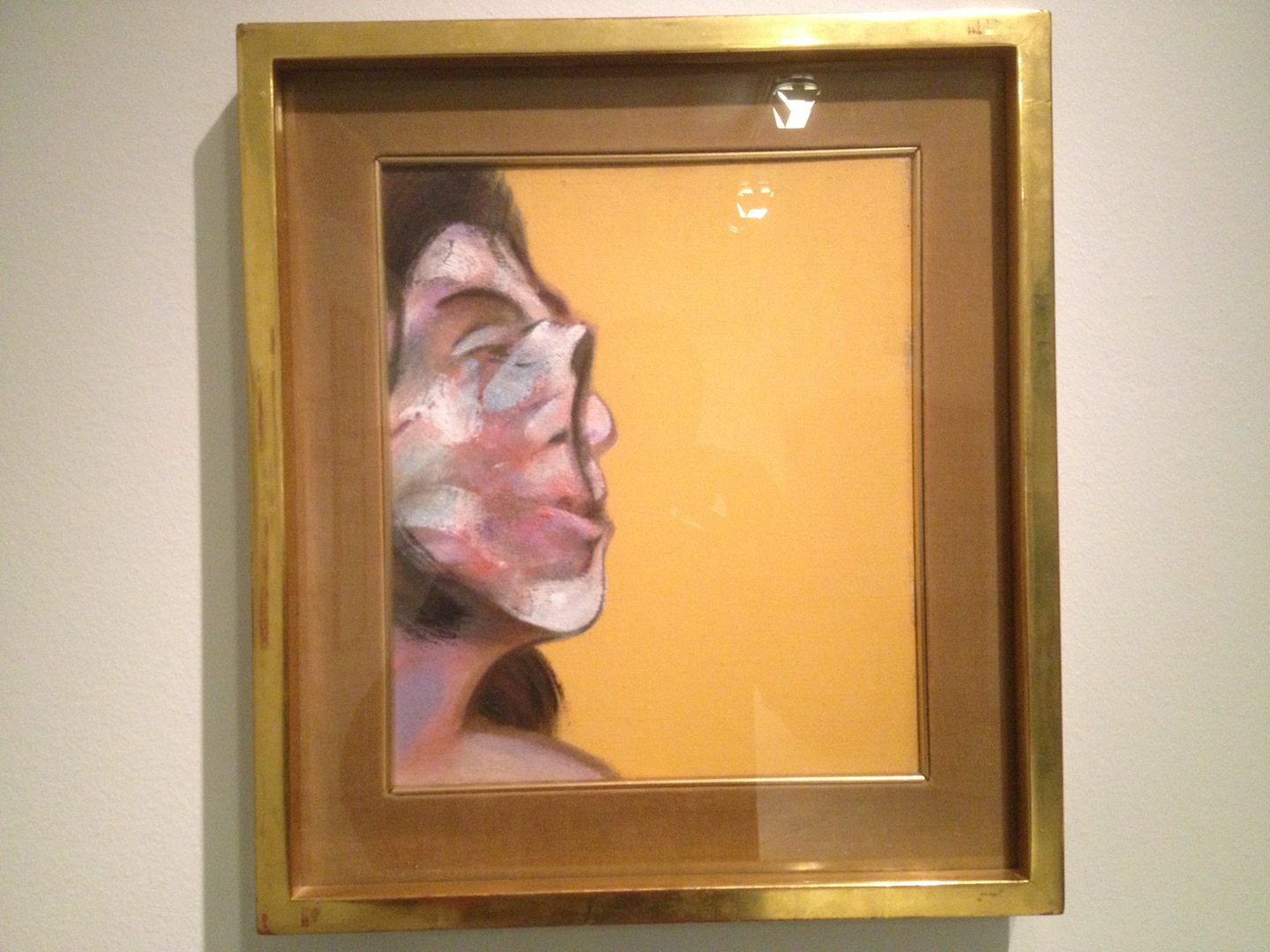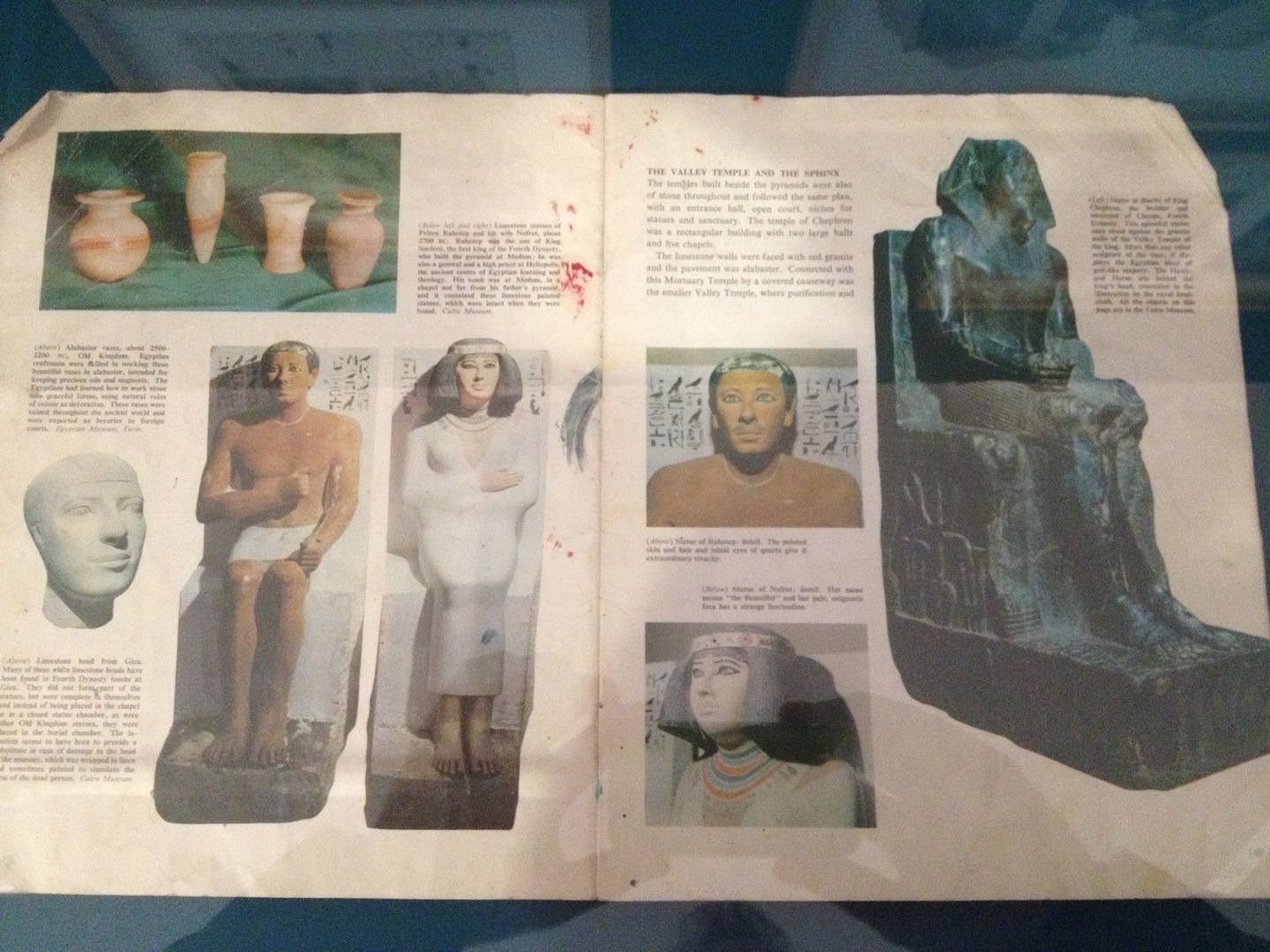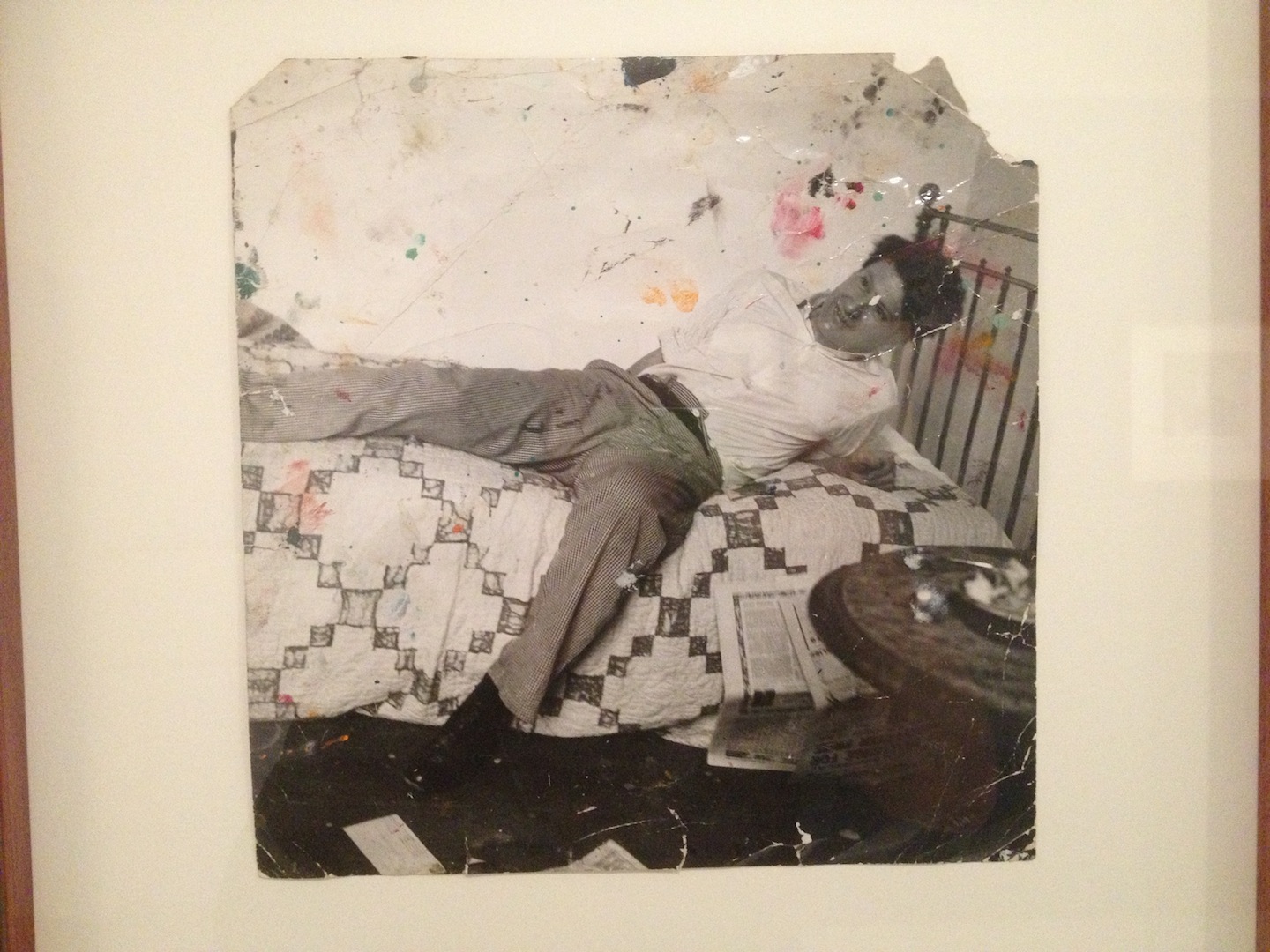Francis Bacon as Symbolist: The Nailing of Existentialism
Francis Bacon Exhibition
Palazzo Strozzi
Firenze
Francis Bacon was accused of ripping off Picasso when he first began exhibiting in the 1940s. He later stated that while it was true that he had been heavily influenced by Picasso, his early paintings exhibit something unique.
While I'm hesitant to extol the virtues of any abstract paintings or artists - due to the slippery and oft-pointless nature of art over-interpretation - I believe that Bacon became a much more important artist than any of his predecessors, even Duchamp, because he never fully swayed from figurative narration in his paintings.
Abstraction is anti-art by nature. This is the whole point of Zen. Rest balancing exertion. Reception complementing provision.
Duchamp was the king of the anti-artists, and he happily destroyed art for all our benefit. Conversely, at the trough of that most dire of centuries - the 20th - Francis Bacon sacrificed his Cockney messiah George Dyer to the demigod of debasement and freed us from our sins by trodding along painting classical icons disguised by distortion and hidden by horror.
The art industry machine made a big mistake. Subversive curators and chaotic critics didn't see this one coming: For Francis Bacon's figures - as nightmarish as they are - were constructive. Gone were the days of supremetism and cubism: These had been turned on their head by Jochanan disguised as a bottom-feeder.
It took a rejected, and probably deeply demented, outcast to manoeuvre us unnoticed back into the positive direction of Thelemic assertion. He would have been aware of this on some level. After all, wasn't rebellion the whole point of Moderism? Isn't it Modernist to rebel against Modernism?
Although he tossed in sphinxes and white bears for a little added symbolism, the real symbolism in Bacon's paintings is that his whole oeuvre was one giant symbol: The pain of existence. Or, rather, the pain of the existentialism artificially foisted on the industrialized masses during the latter part of the Industrial Revolution from which we are just now beginning to emerge.
It is for this monumental contribution that many of us secretly adore Francis Bacon and his work - despite not being able to look at it for very long - because it clearly depicts the state of our souls trapped in the 1984 monopoly that succeeded hellbent on reducing art to nothing.
Francis Bacon
Seated Woman (Portrait of Muriel Belcher)
1961
George Dyer







































